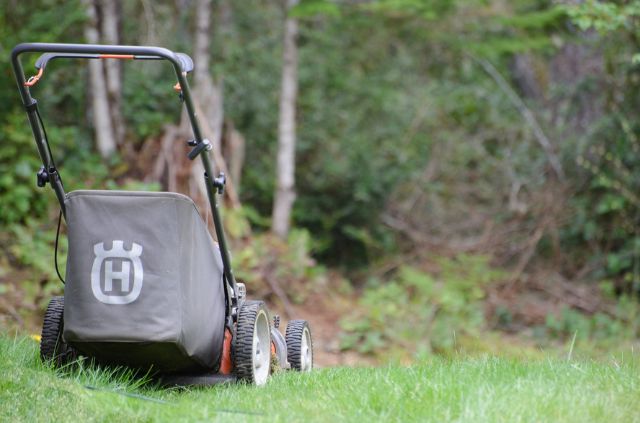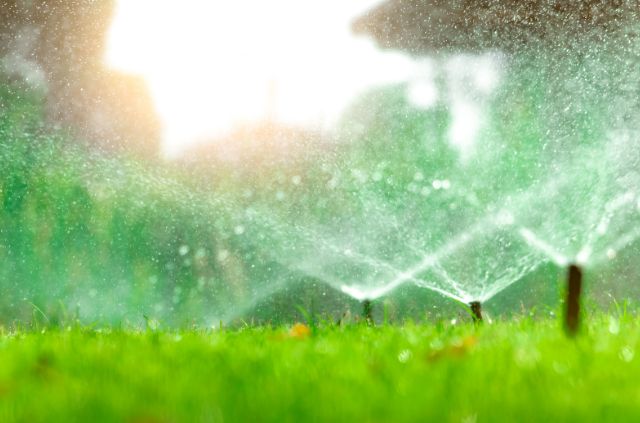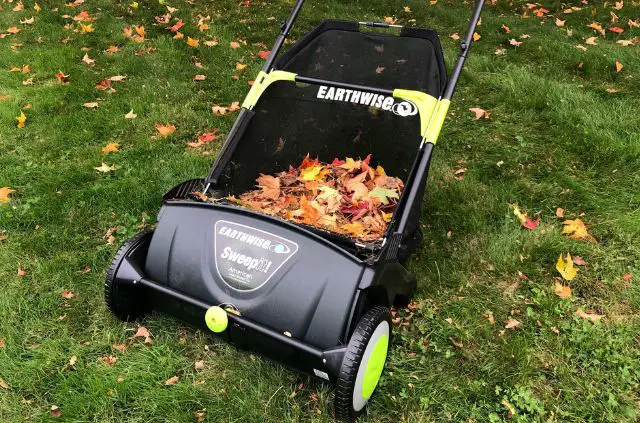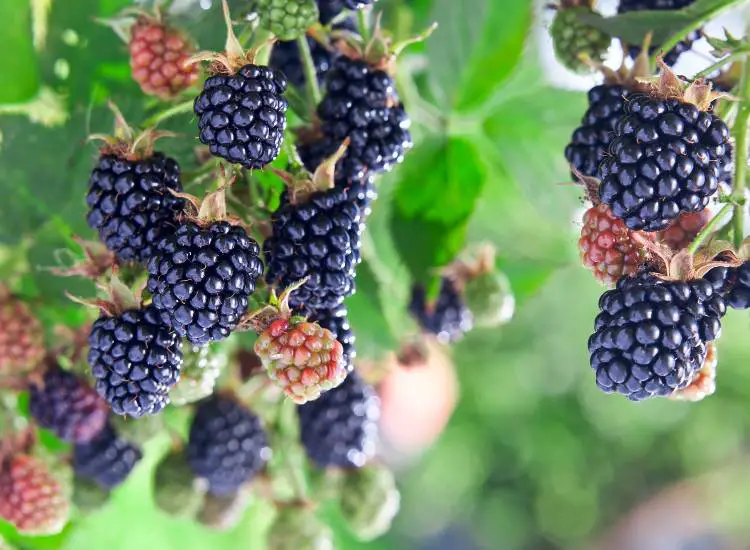Does Mulch Go Bad? (How to Tell)
Spreading mulch around the exterior of your home can completely transform the landscaping. Mulch can not only add more color to your yard, but it can also help prevent weeds from growing. But does mulch go bad? Find out in the sections below.
Bagged mulch can go bad if it hasn’t been stored properly. The plastic surrounding the mulch can create an excess amount of moisture and prevent the material from getting airflow. Let’s take a look at how you can tell if your mulch is bad and how to store it correctly.
What is Mulch?
Mulch is a layer of organic material used to cover soil. It is often used for lawn maintenance, gardening, and other areas around the house. It improves your landscaping and is easy to install.
Unlike grass, mulch can be applied to the ground very quickly and it’s much more aesthetic to look at than dirt. In addition to keeping your landscape looking good, mulch can help your lawn by keeping moisture in the soil.
But it can also prevent weeds from growing in certain areas, which will help keep your garden more attractive. There are many types of organic mulches that can provide vital nutrients to your soil.
Types of Mulch
- Chipped bark
- Grass clippings
- Pine needles
- Newspaper
- Straw
- Shredded leaves
How to Tell if Mulch is Bad
There are a handful of ways that will help you figure out if your bag of mulch has gone bad. This really doesn’t depend on a certain time period, as storing mulch incorrectly will shorten its lifespan. One of the first things you can do is visually inspect the bag.
Do you notice any insects crawling on the surface? It’s normal to see a bug here and there (especially with organic mulch) but if the bag is covered with them you should throw it away. Visual inspections can also reveal fungus growing.
This typically happens when the mulch is 12 months old. So if you plan on keeping it this long, there’s a good chance fungus will develop. Another way to tell if your mulch has gone bad is by smelling it. Bagged mulch that sits inside plastic for too long won’t have access to oxygen.
As a result, this organic material will begin to decompose. When this happens the mulch has gone bad and it will have a strong sour smell. Some people say this scent resembles rotten eggs, vinegar, or sulfur.
Storing Mulch
Whenever buying large quantities of mulch, it’s critical that you store it correctly. For starters you should always place bags of mulch on concrete, asphalt, or gravel. Keeping mulch on your lawn for extended periods of time will kill the grass.
Once the bags are off the grass, you can place tarps over them. This will prevent them from getting logged with water before use. Tarps will also keep sunlight off the mulch, so it won’t dry out when being stored.
Another way to extended the life of your mulch is by poking holes in the bags. This will make sure the contents are receiving ventilation and it will allow proper airflow to pass through the bag of mulch.
How Deep Should Mulch Be?
Some people see mulch as a tool that can stop weeds at the source. As a result, they might use too much of it and end up causing more harm than good to their lawn. The truth is, you only need about 2-4 inches of mulch when it comes to landscaping projects.
If you put down more mulch than you need, it will make the soil too organic. This can be problematic when a heavy amount of mulch is used around trees. Roots will grow up into the mulch, which can cause stem girdling roots.
This can actually kill trees when left untreated. The scary thing is too much mulch will hide the roots at the base and you won’t be able to see the dead spots, or decay on the lower roots when they are blocked.
How to Lay Mulch
Now that you have discovered that mulch can go bad, it’s time to talk about how to lay it properly. Learning how to store mulch is one thing, but you should never buy an excess amount of this material. There’s nothing wrong with having 1-2 extra bags of mulch, because you might need it in the future.
1. Remove Weeds
Before installing mulch it’s crucial that you remove any weeds from the soil. Even though mulch can help prevent weeds from growing, it won’t eliminate them when placed over living weeds.
Pull the weeds up from the root to decrease the change of them returning. You can either pull them up by hand, or use a garden hoe to remove them. Just be aware that this tool will also remove some dirt from the ground too.
2. Plant Flowers
This step doesn’t apply if you’re laying mulch around a tree. But when it comes to the garden, you will need to plant flowers and allow the seeds to germinate before throwing down any mulch.
It’s important to let the seeds germinate before putting mulch on top. If you cover the seeds before this happens, they will not receive water and sunlight needed to grow. Live plants can always be planted after mulch is in the ground.
3. Install Edging
Putting down edging isn’t a necessary step but it will make the final results look so much better. Edging will act as a barrier and it will help keep any mulch from getting on sidewalks, driveways, and lawns.
There are a few different options when it comes to edging. Plastic edging will be the most affordable option, where stones will make your project slightly more expensive. But both materials will get the job done.
4. Spread the Mulch
Once the area has been prepared, it’s finally time to spread the mulch. Transporting bagged mulch can get heavy, so it’s best to place them in a wheelbarrow. Then use a shovel to scoop the mulch onto the ground.
Even though a shovel can help move the mulch, it’s easier to spread it around with a bedding fork. This tool has metal prongs at the end so you can keep the mulch at an even level. The layer should be around 2-4 inches thick.
5. Apply Water
When all of the mulch has been installed, you can finish this project by applying water. This step is important, because it will help the mulch settle in place and prevent it from moving. But water also helps in another way.
Water can actually help you determine if the mulch is too thick. Water the entire surface and wait a few minutes. Then pull back some of the mulch in a small area to see if the soil is moist. If not, your layer of mulch could be too thick.
Final Thoughts
By now you should know that mulch can go bad and it should never be kept for an extended period of time. It’s essential that you store mulch properly in order to lengthen its lifespan.
Keep mulch off the grass and always place a tarp over it. For bagged mulch you can poke holes in the plastic, which will allow airflow to pass through and prevent too much moisture from building up.
Further Reading
Search Terms
- Does mulch go bad?






